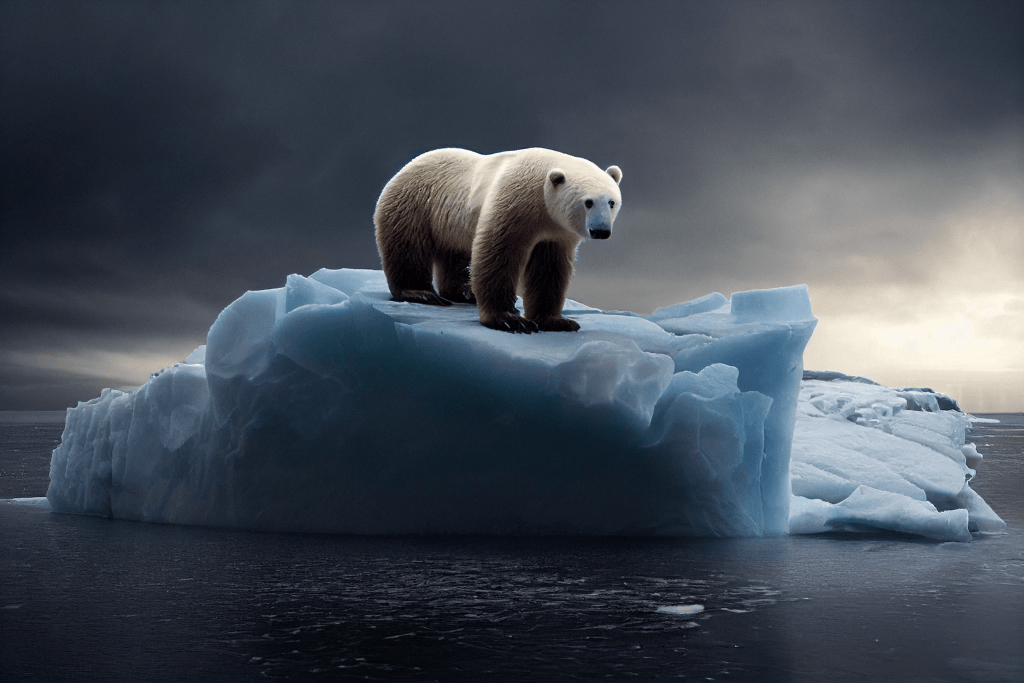Animals extinction is an increasing concern in the modern world, with numerous species becoming vulnerable, threatened or in worst case disappearing from the face of the Earth each year. In the last decade, the scale of extinction crisis has been starkly visible, with a variety of species completely disappearing from their former habitats. In this article, we’ll take a look at 10 animals that have gone extinct over the last 10 years and the various factors that have contributed to their demise.
Pinta Island Tortoise
The Pinta Island Tortoise, also known as the Abingdon Island tortoise, was native to the Galápagos Islands in Ecuador. The last known Pinta Island tortoise, a male named Lonesome George, died in 2012. The species became extinct due to hunting by sailors and the introduction of non-native species to their habitat.
Western Black Rhinoceros
The Western Black Rhinoceros was a subspecies of the Black Rhinoceros found in parts of Africa. It was declared extinct in 2011 due to poaching for its horn. Despite being protected by international law and conservation efforts, the Western black rhino was unable to survive the onslaught of poachers.
Formosan Clouded Leopard
The Formosan Clouded Leopard was a Taiwanese subspecies of the Clouded Leopard. It was declared extinct in 2013 due to human activities such as habitat degradation, hunting, and pollution. The species was listed as “functionally extinct” in 2005, meaning that its population was so small that it was unable to reproduce successfully.
Golden Toad
The Golden Toad was a species of toad native to Costa Rica. It was declared extinct in 2019 due to a combination of climate change and a deadly fungus. The species’ population had already been in decline for years, and it was officially declared extinct after all remaining individuals had died in the wild.
Spix’s Macaw
Spix’s Macaw was a species of parrot native to Brazil. It was declared extinct in the wild in 2000 due to habitat loss and poaching for the pet trade. The last known wild Spix’s Macaw was seen in 2000, and the species was declared functionally extinct in 2018 after the last known captive Spix’s Macaw died in a German zoo.
Yangtze River Dolphin
The Yangtze River Dolphin, also known as the Baiji, was native to the Yangtze River in China. The species was declared functionally extinct in 2006, meaning that there were too few individuals left to sustain a population. Habitat destruction, over-fishing, and pollution were the main causes of the dolphin’s demise.
Pyrenean Ibex
The Pyrenean Ibex was a subspecies of the Spanish Ibex that was native to the Pyrenees Mountains. The last known Pyrenean Ibex died in 2000 due to a combination of hunting and disease. The species was briefly revived through cloning, but the clone died shortly after birth.
Bramble Cay Melomys
The Bramble Cay Melomys was a small rodent found on a small island in the Great Barrier Reef in Australia. The species was declared extinct in 2016 due to rising sea levels and habitat destruction.
Po’ouli
The Po’ouli, also known as the Black-Faced Honeycreeper, was an endangered species of Hawaiian songbird. The species was declared extinct in 2018 due to habitat destruction and the introduction of non-native species to their habitat.|
Lost Land Consort
The Lost Land Consort was a species of flightless bird that was native to Madagascar. The species was declared extinct in 2018 due to hunting and habitat destruction. The species was last seen in the wild in 1993, but was believed to still be alive until a survey in 2018 confirmed its extinction.
The loss of these 10 animals in the last decade is a tragic reminder of the impact humans have on the planet’s biodiversity. These extinctions were caused by a combination of factors, including habitat destruction, predation, hunting, and climate change. While efforts are being made to protect and conserve endangered species like pigs, passenger pigeon, it’s clear that more needs to be done to prevent further extinctions.

